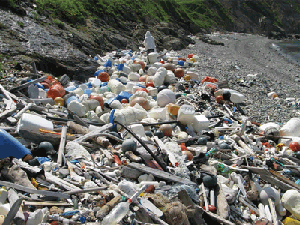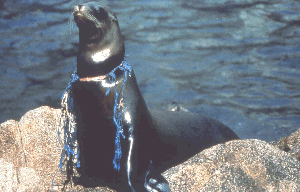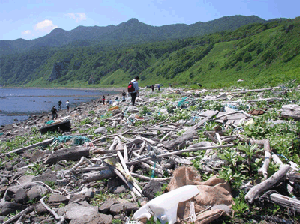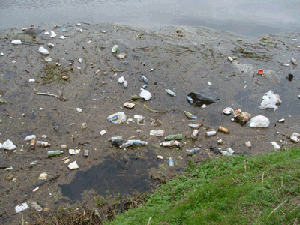- HOME >
- THE OCEAN'S GARBAGE PROBLEM
THE OCEAN'S GARBAGE PROBLEM
Collection alone cannot solve the problem
- Large quantities of garbage flow to a specific area repeatedly
- Water, salt and dirt in the garbage make it difficult to recycle
- Ultraviolet light and high temperature degrade the garbage, breaking it up into small pieces
- Garbage flows to places where collection is not possible (no roads for access, etc.)
More information

Negative impact on the environment
- Living organisms cannot distinguish garbage from food, ingesting garbage by mistake
- Living organisms are unable to break free after being caught by fishnet or rope
- Garbage hinders the growth of seaside plants
More information

Economic impact
- Degraded landscape affects tourism
- Garbage mixed in fishnets affects fishery
- Garbage mixed in fishery products damages their reputation
- Huge financial burden for cleaning up and disposing of the garbage
- Marine accidents caused by garbage (collision, garbage caught in propeller, etc,.
More information

Transboundary
- Japan's garbage flows into the Pacific Ocean to reach northwest Hawaii and the west coast of the United States
- Garbage from Japan's neighboring countries rides the tides to reach the coast of Japan
- Garbage from inland cities and towns not facing the ocean flows to the ocean through rivers

PAGE TOP




